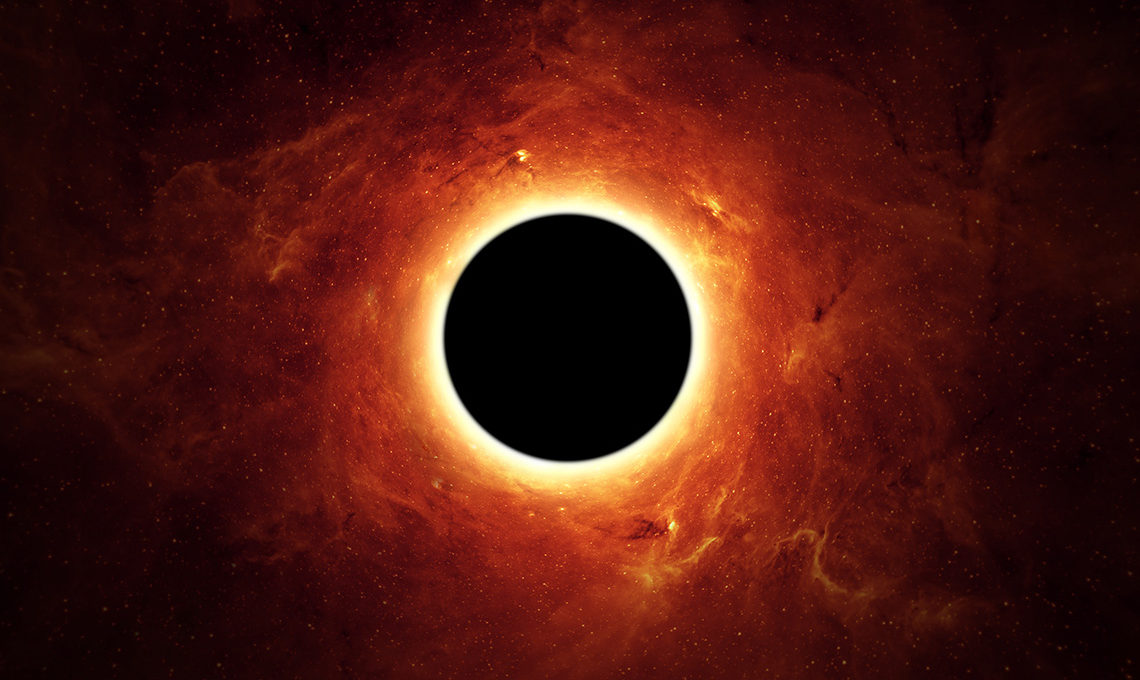
Hunting for gravitational waves, a national and global collaboration
Australian scientists on the hunt for gravitational waves rely on AARNet for transferring data from LIGO detectors in the USA to OzGrav nodes in Australia for analysis.
Dozens of researchers from the Australian Research Council Centre of Excellence for Gravitational Wave Discovery (OzGrav) are part of an international team of scientists making significant discoveries in the emerging field of gravitational-wave astronomy.
Gravitational waves carry unique information about their dramatic origins and the nature of gravity. In 2015, scientists detected gravitational waves for the first time and concluded they were produced during the final moments of the merger of two black holes to produce a single, more massive spinning black hole. This collision of two black holes confirmed the predictions of Albert Einstein’s 1915 general theory of relativity.
In 2018, the scientists detected the most massive binary black hole merger yet witnessed in the universe. The black hole that resulted from this cataclysmic event is more than 80 times as massive as our Sun. The discovery – along with evidence of nine other black hole mergers – came just over one year since scientists announced they had witnessed, for the first time, the violent death spiral of two dense neutron stars via gravitational waves.
Scientists use the extremely sensitive detectors LIGO (two interferometers in the states of Louisiana and Washington, USA) and VIRGO (an interferometer in Cascina, Italy) to survey space for gravitational waves arriving at the earth from a cataclysmic event in the distant universe. Both these detectors have recently been upgraded and have almost doubled their sensitivity which means that they can survey an even larger volume of space for powerful, wave-making events, such as the collisions of black holes.
One of the key upgrades to the LIGO detectors employs a technique called “squeezing” to reduce levels of quantum noise that can mask faint gravitational-wave signals. The technique was developed at the Australian National University, and has been routinely used since 2010 at the GEO600 detector.
In April 2019, not long after the LIGO and VIRGO detectors were upgraded, there was much excitement around the world when astronomers revealed the first ever images of a black hole, created in the United States by Massachusetts Institute of Technology’s Dr Katie Bouman using enormous volumes of telescope data.
Detection data streams are analysed using high performance computing at the LIGO and VIRGO nodes. Some of this data is transferred to international collaborators over research and education networks for further analysis and discovery, including over AARNet to the OzGrav nodes at partner institutions in Australia.
OzGrav is hosted at Swinburne University in partnership with the Australian National University, Monash University, University of Adelaide, University of Melbourne, University of Western Australia, CSIRO and the Australian Astronomical Observatory and collaborators in Europe and the USA.
Colm Talbot, an OzGrav scientist from Monash University says gravitational wave astronomy requires a global approach.
“By studying black hole collisions and other wave-making events we act as cosmos archaeologists to understand how the universe works. From detecting events through to analysis and discovery, working together nationally and globally improves the quality of individual tasks and leads to better research outcomes.” he said.
AARNet provides the reliable, scalable and secure high-speed network required for moving data between OzGrav scientists and their international collaborators to support gravitational wave research.
For more information please contact our contributor(s):

